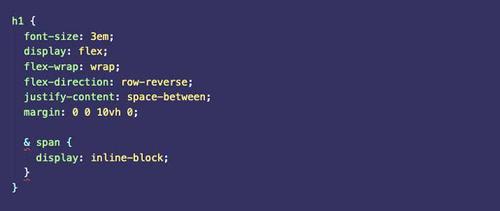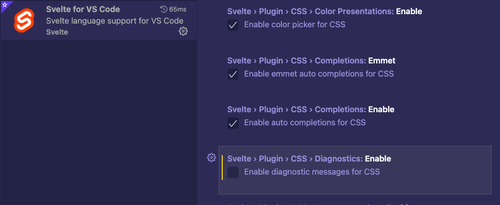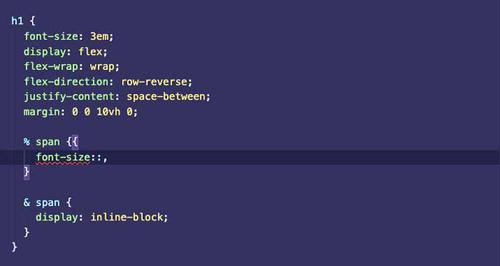What?
PostCSS is a build-step tool that runs on a project’s styles to extend the native functions of CSS. Behind the scenes it works very differently, but it is often seen as an alternative to popular post-processing tools like SASS. Many people think of PostCSS as ”Babel for CSS,” and I would mostly agree with that. If you’re not familiar with Babel that’s okay, it doesn’t really have anything at all to do with using PostCSS.
One of PostCSS’s biggest differences versus SASS or SCSS is that those tools come full featured upon installation but PostCSS is very minimal by default. However, it can be configured with plugins.
Another difference is intent. SASS/SCSS are tools for augmenting CSS using concepts and syntaxes tangential to any plans from the CSS Working Group. One of the main uses of PostCSS, on the other hand, is to “use tomorrow’s CSS today.” Plugins, like postcss-nesting, allow some features currently drafted in the CSS spec, like native nesting, to be used in any browser today. This ability to polyfill future features is where the main comparison to Babel comes from.
Why?
Svelte supports the ability to easily preprocess code via the svelte.preprocess function. This functionality is also accessible in SvelteKit via the config.preprocess option in the svelte.config.js file.
One of my favorite preprocessors is the svelte-preprocess, which supports PostCSS by default. In my project I’ve also installed the postcss-nesting plugin so I can try out the CSS Nesting Module that even though nesting is currently still only a CSS Working Group draft proposal.
The problem that arises is that the Svelte Language Tools only supports default CSS, SCSS/SASS, and LESS. Since h1 { & span { ... } } is not a valid syntax in those preprocessors, VS Code is going to highlight it as if it were an error.

It’s possible to just ignore this warning as the code will compile correctly to valid CSS, but it is annoying. It also won’t distinguish any actual errors from syntax it doesn’t understand, so highlighting overall loses its purpose and just becomes noise.
How?
It might seem counterintuative, but the first step to fixing syntax highlighting is actually to shut off CSS checking in the Svelte Language Tools. This can be done by accessing the VS Code settings.json file via the command palette and shutting it off there.
{
...,
"svelte.plugin.css.diagnostics.enable": false
}There is also a UI option for this setting that can be accessed by clicking on the “Extensions” icon in the left side Activity Bar under the “Svelte for VS Code” plugin.

This will prevent valid PostCSS syntax from being highlighted as errors, but it will also prevent highlighting of legitimate errors since all Svelte CSS diagnostics are now disabled.
To get syntax highlighting and error checking back the PostCSS Language Tools extension can be installed. There shouldn’t be any additional configuration needed to get this extension to start checking <style> blocks in .svelte files.

Notes
Following these steps will apply these settings to every project open in VS Code. So if it’s important to keep the Svelte default CSS diagnostics for other projects, it might be worthwhile to set up a VS Code Workspace for projects using PostCSS. This isn’t something I’ve done since I tend to use the same tools on every Svelte project, but the documentation certainly makes it seem possible.
Thank you to this issue filed in the sveltejs/language-tools project that helped me put this post together.
